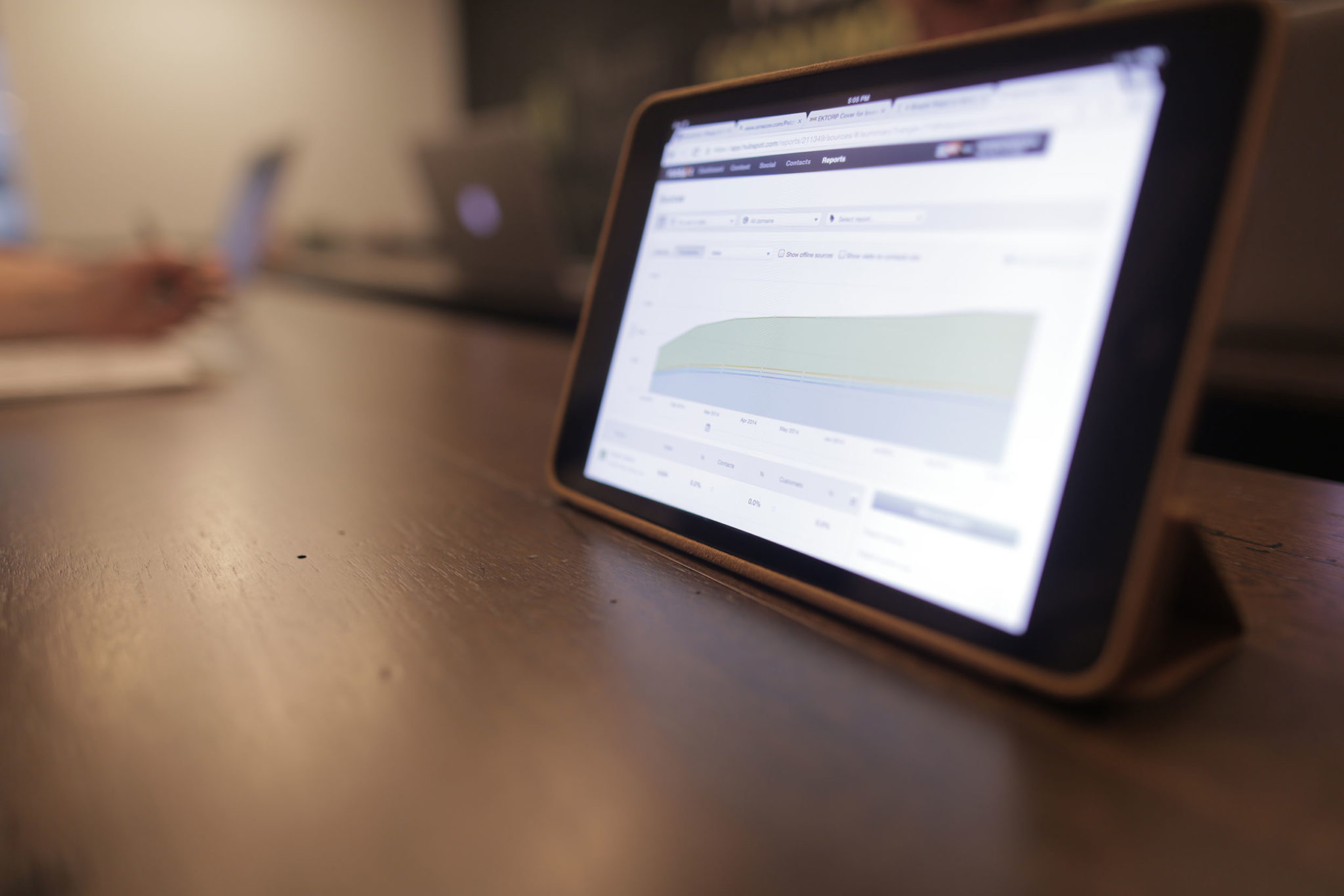Online Booking: A Competitive Business Advantage or a Workflow Optimization Tool?
Adapted from an article written by Tiphany Hall, PhD and first published in the September 2021 edition of the Journal of Aesthetic and Cosmetic Dermatology‘s supplement Perspectives in Aesthetics
Aesthetic medicine continues to evolve at a rapid pace to meet the modern demands of today’s patients. Practices are tasked with finding new ways to create meaningful value for patients that may not be tied to the standard of care. Technology-enabled practices are finding ways to create patient loyalty and retention at higher rates than practices using only face-to-face or phone encounters of the same type; 92% of healthcare professionals reported that their business value was directly tied to their technology infrastructure [1]. One of the primary areas where technology and patient satisfaction have become intertwined is in online booking.
Patient Perspectives of Online Booking

According to 2020 online booking statistics, 54% of all healthcare providers agree to using an online booking service while 77% of patients believe having the option to book or modify an appointment online is important [2]. While many offices may prefer to have patients call in to make an appointment, this places strain on both the practice and the patient.
On average, a phone booking takes 8 minutes to complete whereas a patient can book online in 1-2 minutes online. Patients are also not bound by clinic hours or available staff. By shifting the control to the patient, the implementation of online booking immediately reduces the associated HR and staff costs by up to 10 hours a week [3].
Patients place significant value on the ability to control their own scheduling choices. As many as 60% of all appointments booked online are done so after clinic hours, and patients preferred booking with Providers further away who offered the convenience of online booking nearly 33% of the time over those who were closer but required a call in [3]. All the facts and figures seem to point to the benefits of online booking, yet not every practice has opted to move toward it.
Challenges with Online Booking Implementation
As with any software adoption, there will be necessary changes in the daily operating rhythm, but the rollout of a 24/7 booking platform presents challenges every practice can overcome with a bit of planning.
#1 Challenge: Building Patient- Friendly Service Names and Categories
- Ensure alignment between the services patients expect to see and what is being displayed. For example, patients may be looking for the outcome they hope to achieve with little regard for the brand of product that will be used.
- Create a trust loop between your online booking platform and your website. While Google SEO is imperative for digital success, be sure to include navigation, articles and backup content that supports the services as you’ve listed them on your booking portal.
- Organize services into categories that make it easy and logical for patients to “shop” your online portal. Decide your schema for categorization and stick to it.
- Use these names everywhere a patient would access your content. Include them on your social channels, websites, newsletters. etc. so patients can feel confident in what they are choosing.
#2 Challenge: Managing No-Shows and Cancellations
- Determine the lead time required to fill a cancellation and use it as a starting point for your cancellation policy. For example, most practices choose either 24 or 48 hours lead time before imposing a penalty [7].
- Regardless of the time domain you choose, determine how much that cancellation will cost the practice, and attach a fee to it. Common fees range anywhere from $50 to $200 per cancellation [7]. It is important to select a booking software with an integrated POS that can accept the credit card at booking but also charge it, send the invoice, and tie it to a patient record at the time of cancellation.
- Commit to a cancellation policy and fee and enforce it. If you are going to turn on this policy, you must enforce it. Once you begin waiving it, it loses its impact to deter cancellations. Double check your cancellation policy verbiage for clarity and ensure patients are informed before adding their credit card. This is an opportunity for disputes if not handled properly.
- Send out SMS and email confirmations and reminders at scheduled intervals leading up to the appointment. These automated reminders are shown to reduce cancellations by 29% [3]. This should be an automated feature within your booking platform to save you time and ensure messages go out as scheduled.

#3 Challenge: Creating Patient-Facing Provider Schedules
- Ask Providers to set a minimum schedule at least 2-3 months out. This may include the 2-3 days a week they routinely work. At a minimum, this gives patients enough choices to book with the provider well in advance.
- As providers add days to their schedule ad-hoc, simply add them to the booking portal and watch them fill up! Conversely, if they decide to take days off, it’s imperative to remove them from the calendar immediately.
- Schedule out of office breaks like lunch or training days so patients do not book those times.
#4 Challenge: Changing Patient Booking Behavior
- Update Call-to-Action buttons on any website with a “Book Now” connected to your booking URL and delete booking forms that require a call back.
- Add your URL to social sites that allow for multiple website entries- LinkTree for example- and place the online booking link as the very first option.
- Treat this as a marketing launch which means, send newsletters, add in-practice marketing with a QR code, add the URL to receipts with a note to “Book Anytime,” send text campaigns to patients who haven’t visited in a certain amount of time.
- Create social media campaigns! Encourage online booking by including it in the copy of your posts and in the graphics themselves.
- If you have a phone system that can play a pre-recorded message, remind patients they do not need to wait on hold and can book online instead.
Final Steps for Consideration
Online booking is certainly popular with Millennial and GenZ patients, but more than half of all patients aged 18-60 have reported booking appointments online, and 60% of patients with income levels higher than $200,000 per year prefer an online option [6]. Additionally, the bulk of online appointments, close to 70%, are made by women each year [3]. This audience mirrors the target demographic for most Aesthetic procedures, and to capture new leads into your practice, online booking can be a competitive advantage.
With Aesthetic Record, you always have the option to implement cancellation fees, send automated reminders, and communicate with patients via 2-way text. To further increase efficiency, our EMR system is connected to online booking so it’s easy to send things like questionnaires and consents at the time of scheduling. While it may take extra planning and education to move fully to online booking, it presents a tremendous number of long-term benefits to your practice and enhances the experience for your patients.
- Accenture Digital Health Technology Vision 2020. https://www.accenture.com/us-en/insights/health/accenture-digital-health-technology-vision-2020
- Accenture Digital Adoption in Healthcare: Reaction Revolution. 2021 Accenture Health and Life Sciences Experience Survey- US Findings. https://www.accenture.com/us-en/insights/health/digital-adoption-healthcare-reaction-or-revolution
- Online Appointment Scheduling Statistics 2020. WP Booking Plugins. https://wpbookingplugins.com/online-appointment-scheduling-statistics-2020/
- Assessing online scheduling as an emerging trend in scheduling Physician appointments. HealthLeaders. November 6, 2017. https://wpbookingplugins.com/online-appointment-scheduling-statistics-2020/
- 2019 Healthcare Consumer Trends Report. NRC Health. January 6, 2019. https://nrchealth.com/resource/2019-healthcare-consumer-trends/
- Zion, A and T. Hollman. Healthcare appointment booking: Audience preferences for online vs. over the phone. 2019. Zion and Zion Research.





